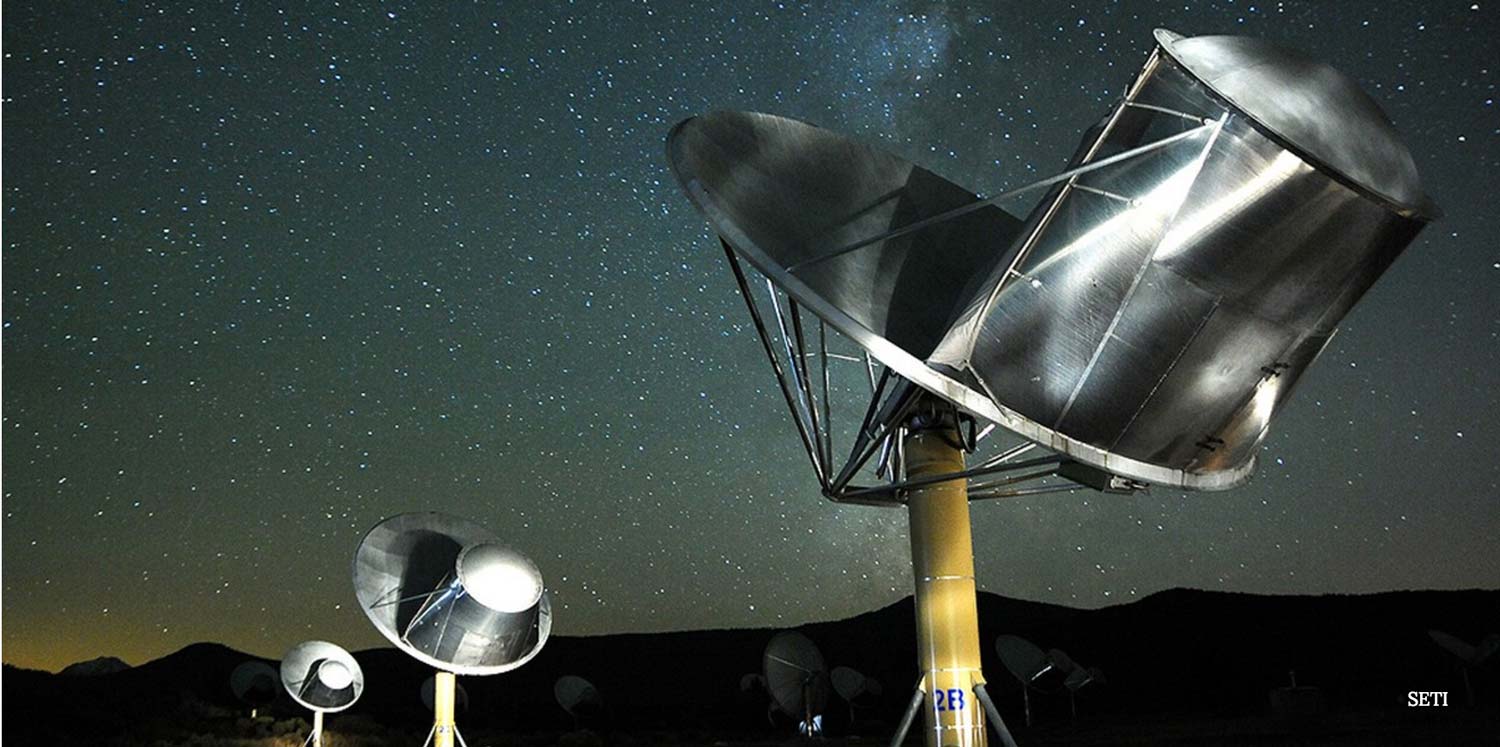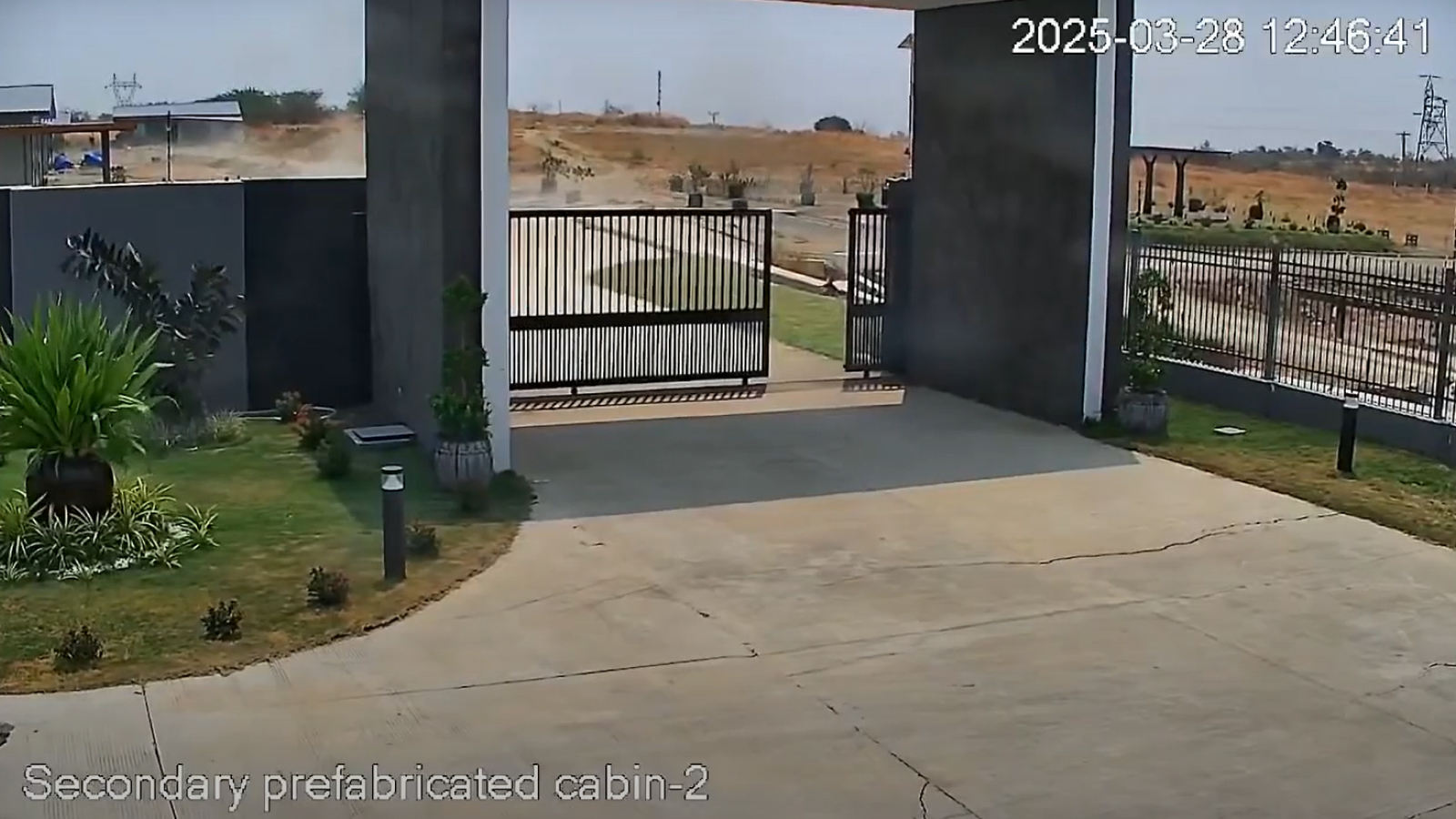Is Anyone Out There? New SETI Tool Keeps Track of Alien Searches

With research on extraterrestrial life continuing across the world, a noted researcher from the Search for Extraterrestrial Intelligence (SETI) Institute launched a new tool to help researchers keep track of results.
Jill Tarter, a co-founder of the institute who inspired the fictional character Ellie Arroway in the Carl Sagan novel "Contact" (which later became a 1997 movie), led the development of a newly announced web tool called Technosearch. This database includes all published SETI searches between 1960 and the present day. You can view the database online at https://technosearch.seti.org/.
Ina Jan. 9 statement announcing the database, SETI representatives said that they hope the entire SETI community will work together to keep Technosearch accurate and up to date. The tool is meant to address the ongoing need in the community for a resource representing the hundreds of searches conducted in the sky. [13 Ways to Search for Intelligent Aliens]
"I started keeping this search archive when I was a graduate student," Tarter said in the statement. "Some of the original papers were presented at conferences or appear in obscure journals that are difficult for newcomers to the SETI field to access. I'm delighted that we now have a tool that can be used by the entire community and a methodology for keeping it current."
Technosearch was developed in collaboration with Research Experience for Undergraduates (REU) interns, who were working under Jason Wright — an exoplanet and star researcher at Penn State University. One of those former REU students, Andrew Garcia, said the new tool will play a big role in SETI.
"I've become convinced that Technosearch will become an important instrument for astronomers and amateurs interested in exploring the cosmos for indications of other technological civilizations," Garcia said in the statement. "We can't know where to look for evidence tomorrow if we don't know where we have already looked."
Technosearch was released Jan. 9 at the 223rd meeting of the American Astronomical Society during a poster session.
Get the world’s most fascinating discoveries delivered straight to your inbox.
Follow us on Twitter @Spacedotcom and on Facebook. Original article on Space.com.

Elizabeth Howell was staff reporter at Space.com between 2022 and 2024 and a regular contributor to Live Science and Space.com between 2012 and 2022. Elizabeth's reporting includes multiple exclusives with the White House, speaking several times with the International Space Station, witnessing five human spaceflight launches on two continents, flying parabolic, working inside a spacesuit, and participating in a simulated Mars mission. Her latest book, "Why Am I Taller?" (ECW Press, 2022) is co-written with astronaut Dave Williams.

